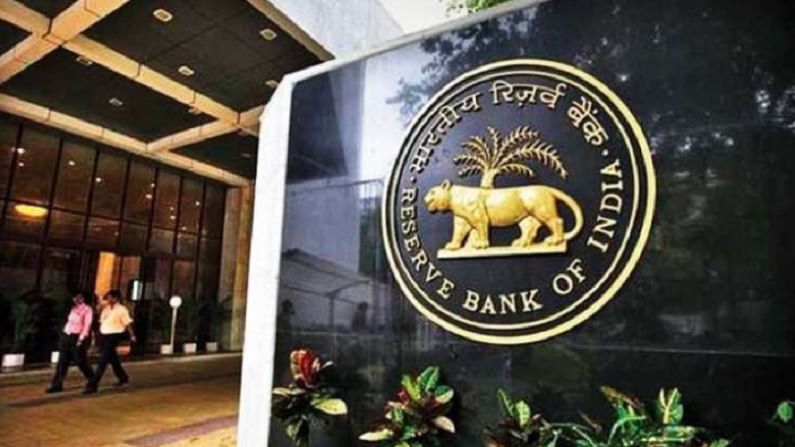RBI Monetary Policy — Accommodative for long?
The prospects of entering into a low inflation, low interest rate economic scenario will have implications for all of us.

There has been a lot of chatter regarding the accommodative stance of the Monetary Policy Committee (MPC) – with many pointing at slightly higher inflation print as a sign that perhaps it is time to hike interest rates. These include several pink-paper journalists, experts (some of them perhaps well-intentioned) and other commentators.
The discourse is almost symmetric to the discourse in the US or the UK where dissenting voices have been cautioning against the ill-effects of prolonged ultra-loose monetary policy or negative real rates. Their respective central banks too have consistently stressed on the fact that inflationary impulses are likely to be transitory — and therefore, the focus at the moment should be on restoring growth. This is exactly the essence of what the RBI has stated over the last few months.
The MPC decided to keep the policy rates unchanged, a decision that was largely expected. The second wave had pushed the growth recovery process which necessitated the need to support growth. Essentially, the MPC hikes rates when inflation is beyond the target and cuts them when inflation is below its target. However, the MPC also considers the growth objective and looks at that while determining the appropriate monetary policy intervention. Lower than potential growth means a lower interest rate and vice-versa.
Outlook
Therefore, the fact that growth rate is well below its potential means that RBI will keep the rates lower even though inflation is above the target. This is a correct decision as a key driver of inflation appears to be pandemic induced disruptions, combined with seasonal factors and a pick-up in commodity prices over the last few months. These pressures will ease out over time and this is why the RBI expects inflation to moderate in the second half of the present fiscal year. As the supply constraints ease out, inflation may be back to 2-6% range and it may well be close to 3-4% over the coming few years.
Here is a proposition — we may perhaps be in a situation where there might be a modest rate hike sometime in the end of 2022 but we may still be in a situation where interest rates may continue to be lower — for far longer. That is, the repo rate may not touch 5 anytime over the coming few years as long as inflation remains well within the target. The reason behind this assessment is that there is a real scenario whereby the world may witness a disinflationary impulses due to weak growth in the post pandemic years just as it did post the Global Financial Crisis. Therefore, in the absence of any risks of high inflation beyond the inflation target, there may be little explanation for hiking rates. The US experienced this in the pre-pandemic years when the rates were kept low even as inflation was well below the inflation target.
That interest rates will be lower for long is not something new as long-term data on interest rates shows that across the world interest rates and cost of capital has come down over several decades. The pandemic may represent another new structural break in the nominal interest rates.
However, the prospects of entering into a low inflation, low interest rate economic scenario will have implications for all of us. First is the recognition that ultimately it is the real interest rates that matter. Thus, we are interested in preserving the purchasing power of our capital and as long as we are able to do that, we are better off in future. So, at some point, real interest rates will turn positive. However, this will happen as inflation moderates rather than as an outcome of a hike in nominal interest rates.
Impact on investors
The second is that returns will begin to taper off over time, and this can lead to many turning towards risky assets in search of higher yields. Eventually, people will begin to diversify their savings in the form of a portfolio of financial savings, gold and equity instruments. Some may add mutual funds and purchase bonds to their portfolio. Ultimately, we will see an increase in SIPs and deepening of access to financial products. Part of this will be an outcome of the growth process while some of it will be triggered by the search for a higher return by households.
Deeper access to complex financial instruments will also necessitate the need for getting the necessary skillset to identify the right instruments. Moreover, investors will need adequate information to be able to better determine the risks associated with each instrument. Therefore, we should see a greater demand for short courses related to financial markets and many first-time investors may begin to read pink-papers to help them better understand the world of finance.
Several of these implications will interact and play out over the coming decade, however, interest rates may remain muted for longer. This will make generating returns challenging and it can even lead to many making riskier bets which can have implications for financial institutions and the broader market in general.
Therefore, as India transitions to a low-rate regime, there is also a simultaneous need to strengthen our oversight mechanisms. Such mechanisms are important from the point of view of preventing excessive risks by systemically important firms. While we need to reduce the excessive regulation in the financial sector, we have to compliment the same by expanding the oversight mechanism of the RBI.